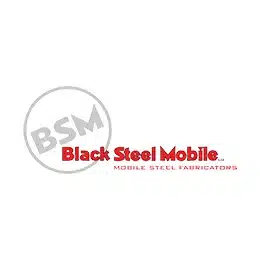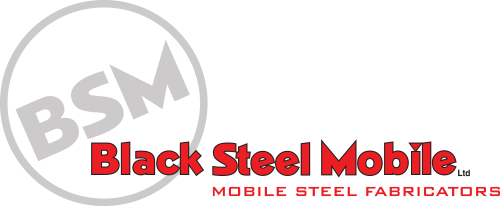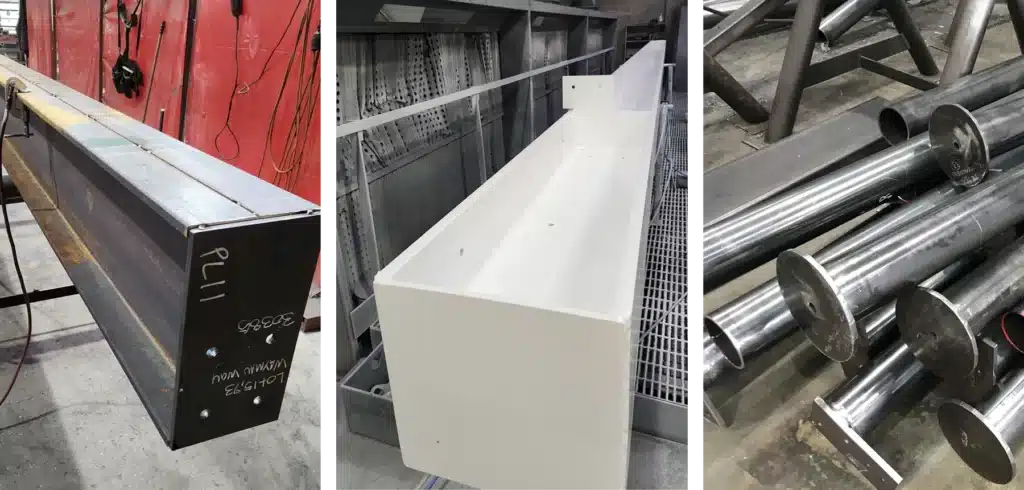Steel beams are the backbone of modern construction projects, providing structural support and stability to a wide range of buildings and structures. Whether you’re a builder, property developer, residential construction company, or building merchant, understanding the various types of steel beams used in construction is crucial for successful project planning and execution. In this article, we’ll delve into the world of steel beams, highlighting the key types and their applications.
Universal Beams (UB / I-Beams)
One of the most commonly used types of steel beams in construction is the I -beam, also known as a universal beam. Its distinctive “I ” shape gives it a superior strength-to-weight ratio, making it ideal for spanning long distances and carrying heavy loads. I -beams are widely used in residential, commercial, and industrial structures, as well as in bridge construction. They are often used in building frames, roof trusses, and floor joists. Good bang, for reasonable bucks!!
Universal Columns (UC)
One of the least commonly used types in residential and primarily used as (you guessed it!) columns due to their squat design. They generally have similar width and height dimensions with much thicker flanges and web than similar depth UB’s. They are great for when you have to put a lot of strength into small areas, but they make up for that in cost. Big bang for bigger bucks!!
Hollow Sections
Hollow Sections, are another essential type of steel beam. They come in various shapes, including square, rectangular, and circular, and offer unique advantages in architectural and structural applications. Hollow section beams can be lightweight, making them suitable for aesthetic designs while maintaining structural integrity. These beams are commonly used as columns, trusses, and as support members in building facades. There are seamless options available for that extra snap in both aesthetics and strength.
Parallel Flange Channel (PFC) Beams:
Parallel Flange Channel beams, or PFC beams, have a “C” shape with parallel flanges. They are commonly used to fabricate portal frames in residential construction and are suitable for scenarios where width is an issue, such as in walls as lintels because most PFC’s are 90mm wide or less. Because of their non-uniform shape, they tend to bend and bow with excessive heat through welding and hot dip galvanising, so it’s important to factor this into the design and be aware of the need to straighten them before installation. Great cost to strength ratio, make these a favourite for residential construction.
Conclusion:
In the dynamic world of construction, the right choice of steel beams is essential for ensuring the safety, stability, and longevity of buildings and structures. Depending on the specific requirements of your project, different types of steel beams offer various advantages in terms of strength, load-bearing capacity, aesthetics and design flexibility. As a builder, property developer, residential construction company, or building merchant, having a solid understanding of these different types of steel beams will empower you to make informed decisions and contribute to the success of your construction endeavours. Remember, each project is unique, so choosing a design engineer who makes the effort to value engineer your structure is key factor toward achieving exceptional results. Lastly, when you get into large scale residential or seismic renovation projects, you should get your steel fabricator involved early so we can help design out cost and factor in efficiency.

Based in Auckland, Black Steel are specialists in structural steel beam fabrication for residential buildings and earthquake strengthening projects. Our mobile steel fabrication workshops come to your site to make sure everything we do is accurate and meets the requirements of your building plans





